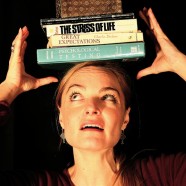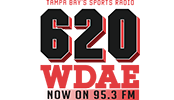Balanced Books
They say if one person has a question, there’s a good chance others are thinking the exact same thing. I’m amazed at the depth of discussion that comes my way on twitter which speaks to the advanced betting IQ of modern day sports bettors. I wish I had time to field more in depth questions in real time but should they ever arise, definitely feel free to send them here and I’ll do my best to answer them.
Just curious Mr Fuhrman @ToddFuhrman , is there any truth to it that linesmakers main objective is to draw even money,. or is it a myth ?”
This is a question I get more often than any other about our industry and the simple answer is yes, books would love nothing more than to have unlimited volumes and simply collect the juice on a perfectly balanced book. However in actual practice this is a virtual impossibility for almost every book on the planet meaning the lines you see on the betting board don’t and won’t attract split action. Books here in the state of Nevada just don’t get enough volume to take roughly 5% on every game and still turn a healthy annual profit. Why 5% not 10% you ask? 55,000 risked to win 50,000 on Panthers -6 and 55,000 risked to win 50,000 on Tampa +6 means the house nets out making 5k from a total of 110,000 in risk. The equation then looks like this: 5,000 (Win) / 110,000 (Handle) yields 4.5% for the house.
Good oddsmakers are taught to recognize their advantaged players, using them to the book’s benefit as “consultants” for shaping the market offering lower stake factors (limits) to them than they would the typical recreational bettor. Every dollar isn’t created equally so it’s not uncommon for a book to take a dime bet ($1,000) on one side while taking $10,000 on the other and still moving the price towards the $1,000 bet. Books are more than happy to calculated gambles putting themselves on the side of sharp money allowing liability to mount on the other side. Over time, winning 60 to 70% of big decisions against the public helps the house’s balance sheet immensely if they’ve limited sharp bettors while going to post time with the understanding they’ll need the same side as the professionals. The term reverse line movement you read about all the time means a line’s moving opposite of where the majority of tickets are being printed. Keep in mind ticket counts and bet percentage metrics you see posted by most websites should never be confused with money wagered, the two are completely different.
The betting line isn’t designed to predict the outcome of a sporting event instead it’s primary function is to force bettors (of all ability levels) into making decisions before they invest. Books hang prices derived from power numbers, public perception, and feel. There’s no “right” way to arrive at a price yet oddsmakers typically have their hands forced to an extent by the market Rather than going rouge, hanging a line at -2.5 for a football game when other books sit -3 says enough about taking a strong position instead of just using pick and then being shocked when every public bettor and professional buries PK. These subtle decision making tactics separate the sharpest books on the planet from those just copying and pasting consensus lines. Running a sportsbook is no different than a retail shop: sell the right product to the right customer for the right price. If you know your customer, maximizing profit with sound decision making becomes second nature…especially when the breaks fall the house’s way.












